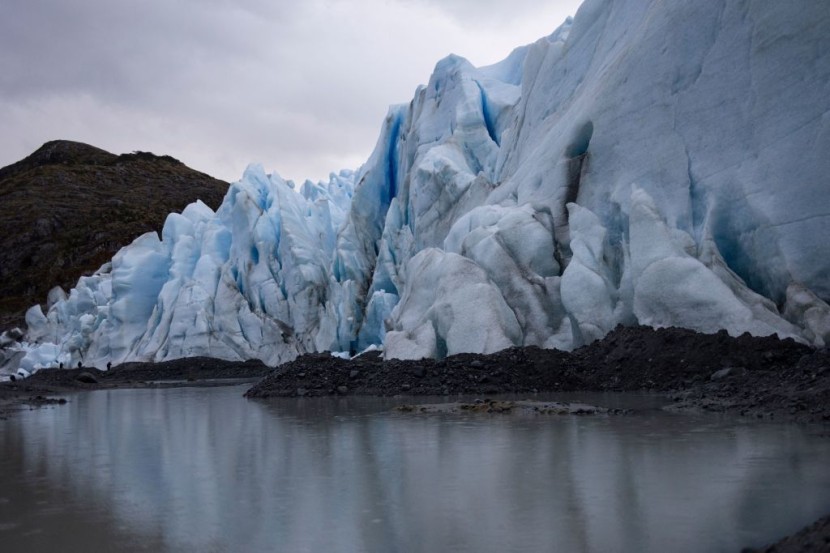
The Doomsday Glacier found in Antarctica, also called the Thwaites Glacier, was seen melting from below, a view that suggests the threat of the catastrophic rise of sea levels.
A new research study showed that the glacier's melting is moving quickly and unexpectedly. The Doomsday Glacier is known to be the most vulnerable on Antarctica's entire continent. Its collapse is believed to trigger an event that adversely affects worldwide sea levels.
Doomsday Glacier Melting
Scientists estimate that if the glacier were to melt completely, it would raise the global sea level by two feet, enough to overwhelm many coastal communities. Furthermore, the glacier could pull down nearby glaciers as it crumbles.
This event would cause seas worldwide to rise by up to 10 feet, which is an amount that would force the complete redrawing of coastlines around the globe. According to the Boston Globe, it also puts millions of people living near the seas at risk of losing their lives.
For decades, researchers had known that the massive glacier was unstable and that it was only a matter of time before something shifted. A part of what holds the Doomsday Glacier in place is an ice shelf that protrudes onto the ocean's surface.
Scientists used an underwater robot deployed beneath the rapidly melting ice shelf, revealing new clues about how exactly the glacier is melting. The study's findings provide information that helps researchers assess the threat that ice shelves, in general, pose for long-term sea level rise.
The team responsible for the study added that the overall melting of the glacier's underside was less than expected compared to estimates made via computer models. However, they also found that there was rapid ice melting in unexpected places.
Read Also : Why Did a Piece of the Sun Break Off?
Threat to Global Sea Levels
Two researchers were studying the glacier and how its melting would affect global sea levels. According to Space, scientists from the International Thwaites Glacier Collaboration discovered the unexpected melting areas.
In a statement, Peter Davis, a British Antarctic Survey Oceanographer and research team member, said that the results they found were a surprise. He noted that if an ice shelf and a glacier are balanced, melting ice and iceberg calving will counteract ice coming off the continent.
But the team has found that while there were small amounts of melting, there was a rapid retreat by the glacier. This means it would not take too much to push the glacier out of balance and fall out of place.
For the last three decades, the Doomsday Glacier has become sensitive to climate change, accounting for roughly 4% of global sea level rise. An Associate Professor at Cornell University, Britney Schmidt, and the lead author of one of the studies, said that initially viewed data changed scientists' understanding of what is happening with the glacier.
She noted that they now know that the collapse happened under less melting, which means that the glacier is now at a position where it is easier to fall out of place, said ABC News.
Related Article: Evidence of Water Found on Mars
© 2026 HNGN, All rights reserved. Do not reproduce without permission.








